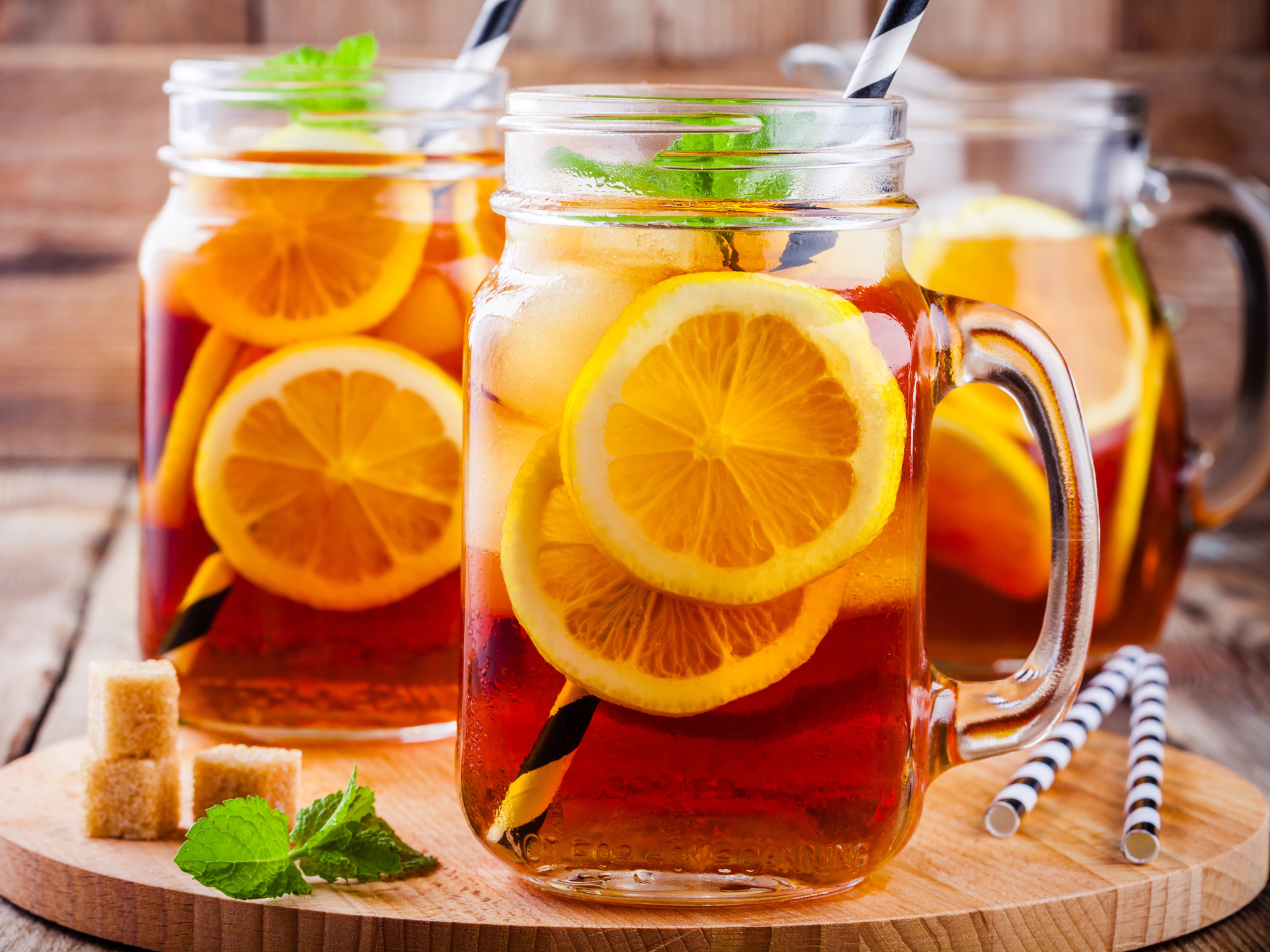Get Easy Health Digest™ in your inbox and don’t miss a thing when you subscribe today. Plus, get the free bonus report, Mother Nature’s Tips, Tricks and Remedies for Cholesterol, Blood Pressure & Blood Sugar as my way of saying welcome to the community!
The toxin in tea that attacks your bones

If you’ve already ditched the Crest and Colgate for a toothpaste that’s simple, natural and fluoride-free, I’m guessing you’re familiar with the controversy surrounding fluoride…
Even though your dentist will still tell you fluoride prevents cavities, the science supporting that claim is sketchy to say the least.
In 2015, a review of the available research showed that not very many high-quality studies have been done on the connection between fluoride and cavities over the past 40 years. And the few that have been done revealed that fluoride doesn’t reduce cavities.
Even worse, exposure to too much fluoride comes with serious health risks, including developmental problems in children and bone problems in adults.
So it’s good you got fluoride out of your toothpaste. But that doesn’t mean you’re living a fluoride-free life. Fluoride’s hiding in a few other everyday places. Some you may know about… like your water. And others you may not… like your tea.
Is your tea filled with fluoride?
Imagine this…
You go to your doctor with stiff, achy joints or widespread pain and your doctor diagnosis you with arthritis or fibromyalgia. You go on for years thinking you have one of these debilitating diseases, but in actuality you have skeletal fluorosis, a condition where excessive amounts of fluoride build up in your body and damage your bones and joints. And you have this painful condition because you drank too much tea.
This may sound far-fetched, but this has really happened to a few unlucky tea-lovers in recent years, because tea contains surprisingly high levels of fluoride. Tea contains a lot of fluoride, because tea plants absorb it from the soil.
Now, a recent study from the University of Florida suggests you don’t need to stop drinking tea just yet. This study found that most teas contain safe levels of fluoride… but just barely.
Your chance of developing bone problems like skeletal fluorosis starts to rise significantly once you surpass 6 milligrams of fluoride per day, so researchers estimate that, to play it safe, you shouldn’t exceed 5.2 milligrams per day.
Most of the 47 teas they tested fell within this so-called “safe” range. Although traditional teas like green and black tea contained more fluoride than herbal tea. In fact, 10 of the traditional teas they tested (including four green teas) fell right at the 5 milligram mark, which is the maximum amount of fluoride that’s safe to consume per day… from all sources.
It’s all well and good that tea just barely squeaked by as safe in this study… the problem is you’re exposed to fluoride from other sources too like:
- Dental products
- Water
- Processed foods and drinks
- Pesticides
- Pharmaceuticals
- Teflon
So although you don’t necessarily need to give up tea, you do need to recognize that it’s a source of fluoride, and think about where else you’re exposed to fluoride in your life. You can also do your best to make your tea as fluoride-free as possible…
Getting less fluoride per cup
Since black and green teas are made from more mature tea leaves, the leaves have more time to pick up fluoride from the soil. That’s why they contain more fluoride than other types of tea. White tea, which is made from young tea leaves, has less fluoride. And, as mentioned in the study, so do herbal teas.
On a bright note, even though tea contains fluoride, it also contains a natural antidote to fluoride toxicity — antioxidants. These antioxidants fight the oxidative stress that fluoride causes in your body. Of course, the teas with the most fluoride also tend to have the least antioxidants. White tea, however, has the most antioxidants and the least fluoride.
So white tea is looking more and more like the way to go if you’re a tea drinker. Yerba mate also has minimal amounts of fluoride and more caffeine than white tea. So if you’re looking for a bigger caffeine boost than white tea and herbal tea can offer, turn to this earthy South American tea for a bit more energy with a lot less fluoride.
Related: Fluoride, other chemicals, linked to brain development disorders
Editor’s note: Discover how to live a cancer prevention lifestyle — using foods, vitamins, minerals and herbs — as well as little-known therapies allowed in other countries but denied to you by American mainstream medicine. Click here to discover Surviving Cancer! A Comprehensive Guide to Understanding the Causes, Treatments and Big Business Behind Medicine’s Most Frightening Diagnosis!
Sources:
- Fluoridation may not prevent cavities, scientific review shows — Newsweek. Retrieved November 10, 2017.
- Study discounts fluoride as a danger for tea drinkers — MedicalXpress. Retrieved November 10, 2017.
- Das, et al. “Fluoride concentrations in traditional and herbal teas: Health risk assessment.” — Environmental Pollution, 2017.
- Sources of Fluoride — Fluoride Action Network. Retrieved November 10, 2017.
- Sources of Fluoride: Tea — Fluoride Action Network. Retrieved November 10, 2017.













